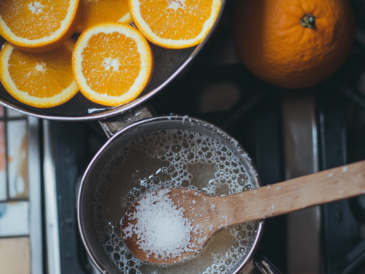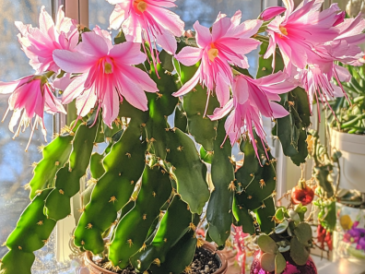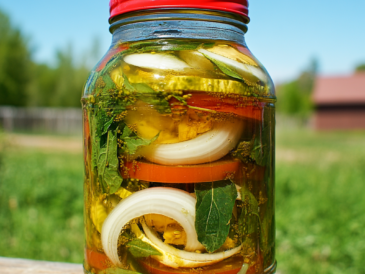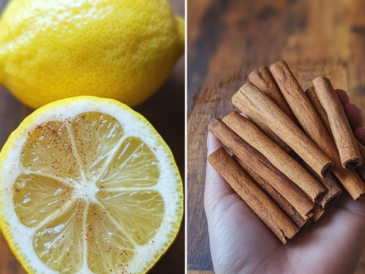In today’s global market, the prevalence of counterfeit products is a growing concern, and one particularly alarming counterfeit is plastic rice. This synthetic imitation of real rice poses significant health risks, making it crucial for consumers to know how to identify plastic rice and ensure the safety of their food.
Rice is a dietary staple for billions worldwide, and consuming plastic rice can lead to severe health problems. Understanding the methods to differentiate between real and fake rice will empower you to protect yourself and your loved ones from this dangerous counterfeit.
Why You Should Be Concerned About Plastic Rice
Plastic rice is typically made from synthetic materials such as resin or plastic, making it a harmful imitation that can cause digestive issues, toxicity, and long-term health effects. With growing reports of plastic rice entering markets, particularly in regions where rice is a primary food source, the need to verify the authenticity of rice is more important than ever.
Here are some simple tests you can perform at home to ensure that the rice you’re consuming is safe and genuine.
1. The Water Test 💧
The water test is one of the easiest ways to detect plastic rice. Here’s how it works:
- How to perform it: Take a glass of water and add a tablespoon of rice to it. Stir the mixture well and let it sit for a few minutes.
- What to look for: If the rice floats to the surface, it could be plastic rice, as synthetic materials are lighter than real rice grains. Genuine rice will usually sink to the bottom of the glass.
This test offers a quick and straightforward way to check for impurities or counterfeit rice.
2. The Heat Test 🔥
The heat test involves heating the rice and observing the smell it emits.
- How to perform it: Heat a small amount of rice in a pan over high heat without adding oil or water.
- What to look for: Authentic rice will release a natural, pleasant toasted rice aroma as it heats. However, if the rice is fake, you’ll notice a distinct plastic smell, similar to burning plastic.
This method is highly effective for detecting synthetic materials present in counterfeit rice.
3. The Boiling Test 🍚
Boiling rice can reveal its true nature, as plastic rice reacts differently when exposed to heat and water.
- How to perform it: Boil a pot of water and add a small portion of rice.
- What to look for: Real rice will cook evenly and become soft, as it absorbs water. In contrast, plastic rice will not soften properly. It may form a layer on the surface of the water or remain undercooked due to its inability to absorb moisture.
This test can confirm the authenticity of rice through its cooking behavior.
4. The Mold Test 🦠
Over time, cooked rice is susceptible to spoilage. The mold test helps to identify plastic rice based on its ability to decompose.
- How to perform it: Cook a small portion of rice and store it in a sealed container at room temperature for a few days.
- What to look for: Authentic rice will start to spoil and develop mold after a few days in such conditions. If the rice stays unchanged or turns an unusual color without signs of mold, it could indicate plastic content.
This test is useful for long-term verification of rice authenticity.
5. The Fire Test 🔥
The fire test is another effective method to distinguish between real and plastic rice.
- How to perform it: Take a few grains of rice and set them on fire using a lighter or match.
- What to look for: Real rice will burn naturally, emitting the scent of burnt rice husks. Plastic rice, on the other hand, will burn rapidly and produce a pungent, plastic-like odor.
This method offers a definitive way to detect plastic rice through its reaction to fire.
Conclusion: Stay Vigilant and Protect Your Health
As counterfeit products, including plastic rice, continue to be a concern in today’s market, it’s vital to stay informed and take proactive steps to ensure the safety of your food. By using these simple but effective tests, you can confidently verify the authenticity of your rice and avoid potential health risks.
Remember, staying vigilant about the quality of your food is the best way to protect your health and the well-being of those around you.




